Buying Cheap XLR Cables? Here are 10 Ways to Make Sure You Aren’t Wasting Money
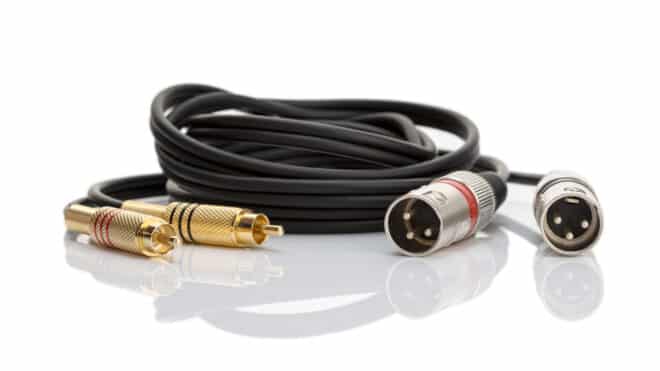
Last updated on March 15th, 2023
We’re in process of reviewing episodes for the 6th annual podcast awards and we have to have a little chat. It is clear that some of us don’t understand the value of a good XLR cable. Especially an XLR cable to USB. We have to stress that quality audio is important and this is not somewhere to skimp.
When you’re in the studio and recording, the last thing you want to have happen is for your signal to get weak or distorted. That’s why it’s important to pay attention to the quality of your cables — especially if you’re using them for professional purposes such as live performances or studio work. That’s not for rock stars, that goes for us podcasters as well.
What is an XLR Cable Used For?
An XLR cable is used because it is able to carry a balanced signal. Whereas your standard 1/4″ or 1/8″ cable that you would see in something like a headphone jack carries an unbalanced signal. An unbalanced signal can pick up unwanted background electrical signals from the environment that creates an audible humming noise. Since an XLR cable can carry a balanced signal, it eliminates the possibility of that hum.
Usually. The success of eliminating that hum comes down to the quality of the audio equipment and the quality of the cables used.
Many people don’t realize that there are different grades of XLR cables out there from cheap ones made with bare copper wires (which can cause interference) all the way up to high-end options that use silver-coated copper wiring instead.
And while those kinds of expensive cables sound great when they’re working perfectly, they can also be prone to failure if they aren’t properly maintained! So what do you need to know about these types of cables? Let’s dive right in!
How do you know if an XLR cable is good quality?
The first thing you should look at is the cable’s shield. If you’re looking at a 3-pin male XLR, then it will have a braided shield over both pins 1 and 2. However, if you’re looking at 4-pin male XLR, then pin 1 will have a braided shield and pins 2 and 3 will be bare wire.
Another thing to look for is the number of strands in the cable’s conductors. The more strands there are in each conductor, the higher quality your cable will be. A good rule of thumb is that two or three stranded conductors tends to be adequate for many applications but going up to five or six strands can provide extra protection against interference from other sources like power lines or lighting cables (especially important if working with high-power devices).
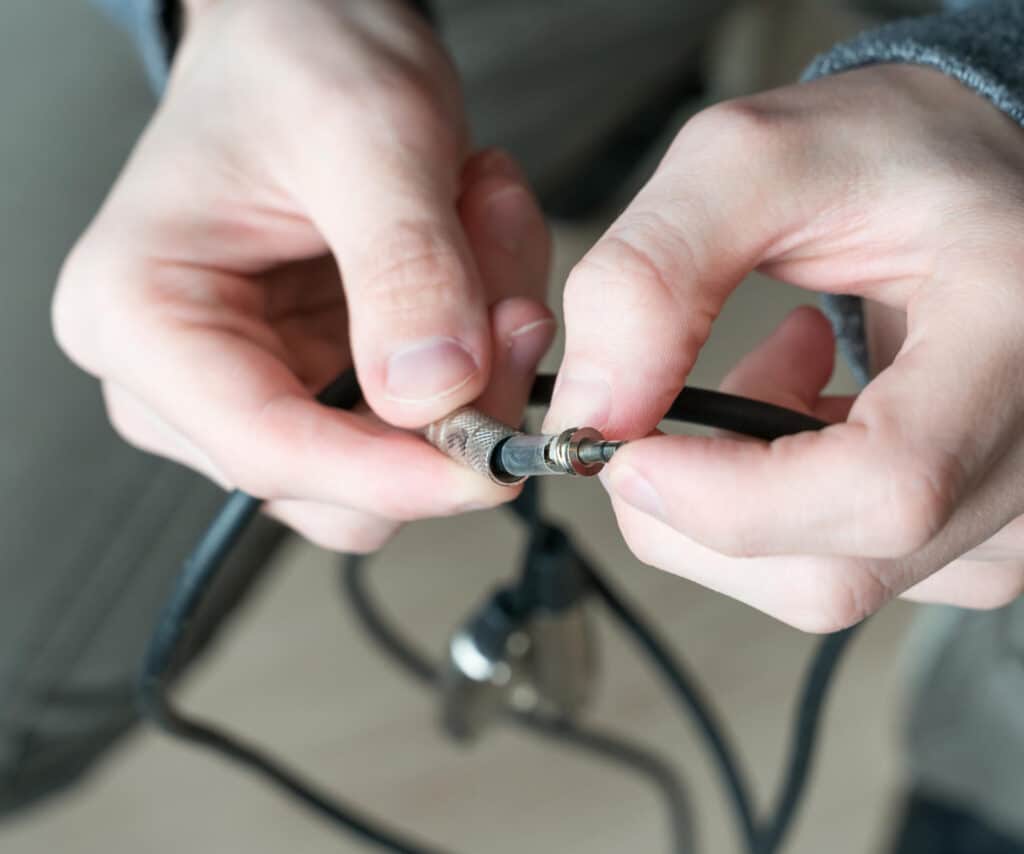
Finally, make sure that any connectors are made out of silver-plated copper rather than plain copper which is much less durable than its precious counterpart — especially when handling large amounts of current over long periods of time!
There are also other factors such as capacitance between wires that we won’t go into here but suffice it say: use good quality XLR cables whenever possible!
XLR cables are made up of four primary parts the conductor, inner insulation, braided shield and outer insulation.
XLR cables are made up of four primary parts: the conductor, inner insulation, braided shield and outer insulation.
The conductor is the center of your cable that carries the signal. Typically made from copper or copper-clad steel, it can also be silver or gold plated for better sound quality in some circumstances. The more strands in a wire, the better it’s going to be at delivering that signal over long distances and through multiple devices before experiencing any deterioration.
The inner insulation is what prevents shorting out your equipment when you’re plugging something into an XLR jack with bare wires on each end (which we do not recommend). It’s typically made from rubber or similar materials to protect against moisture exposure as well as abrasion damage caused by moving parts within other components like switches or buttons on machines where these connections are used frequently throughout their lifespan – such as musical instruments!
Ask any guitar player who gigs, and tries to go cheap. It doesn’t work out well. Ask any musician with a home recording set up, it’s worth the investment.
The braided shield protects against electromagnetic interference coming from outside sources like computers running nearby during recording sessions; even if they’re not on at this time but may have been recently turned off (or worse yet broken down completely), they could still cause problems due to residual energy still lingering inside their circuits even after powering down completely.”
The conductor is the center of your cable that carries the signal.
The conductor is the center of your cable that carries the signal. It’s made from either copper or silver and it’s this wire that creates an electrical current that ultimately powers your microphone.
The conductor has a huge impact on how good your cable sounds and how much energy it can carry across long distances without losing any quality. The problem with cheap XLR cables is that they use smaller conductors, making them less effective at carrying signals to and from equipment like microphones, mixers and other audio devices.
Copper is cheaper than silver because of its abundance but it also has more resistance when carrying a current than silver does; this means if you have a high-quality recording setup where everything needs to work perfectly together then copper will cause more problems than good ones! Silver is better suited for high-end applications because its unique properties allow it to transfer signals faster through thicker cables without causing any noise or distortion in sound quality
The more strands in a wire, the better it’s going to be at delivering that signal.
The more strands in a wire, the better it’s going to be at delivering that signal. In fact, if you want to deliver a really strong signal over long distances (like from a stage to the soundboard), then more is definitely better. So it makes sense that when you’re buying cable for your home recording studio or live sound setup, you’d want something with the most number of strands possible.
But how many strands are too few? What’s an acceptable minimum? And what’s too much? Let’s take a look at why these questions matter and how they’ll affect your music production workflow.
Cheap cables often use bare copper wires with not many strands.
The number of strands used in an XLR cable can range anywhere from 4 to 100, with the latter being the most expensive.
If you’re looking for something affordable and functional, then you’ll probably be satisfied with an 8-strand (8S) cable. These cables are made up of 2 copper conductors that run parallel to each other. The central conductor is usually thicker than its partner so as not to interfere with any signal coming through it.
The more strands in a cable, the better your sound quality will be because there’s less chance that interference will occur between them. This is particularly important when recording vocals or instruments such as guitar amps where signals need to remain pristine if they’re going into your DAW software later on for editing purposes
Expensive cables use silver coated or oxygen-free copper wires in multiple strands this helps to reduce interference and results in a better sound.
So why does a company like Belden, or Warm Audio, which is well known for making cables for the military and NASA, produce audio products that are so expensive? The answer lies in the materials used. Expensive cables use silver coated or oxygen-free copper wires in multiple strands this helps to reduce interference and results in a better sound. Every single wire is individually shielded against noise, ensuring that your signal is clear at all times. The outer jacket consists of steel braided armor which protects the cable from damage caused by crushing or abrasion.
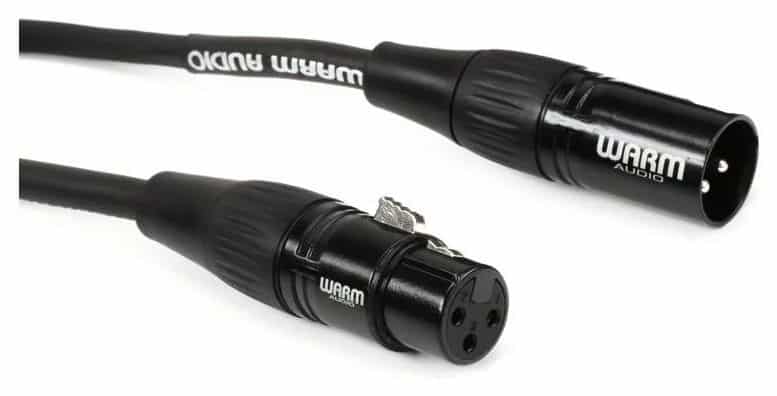
This is not to say that cheap XLR cables do not have their place; we’ve used them ourselves during live shows when we’re not able to take our delicate equipment into the venue with us! Just make sure you pay attention to what type of material goes into making your cable before you buy one—you might be surprised by how much difference this makes!
You also have to look at the insulation around the conductor.
It’s important for the insulation to be of quality. Solid, foam and air are all common types of insulation. The main difference between them is their density; solid is the most dense and therefore offers the most protection against external elements. However, it may not be as flexible or lightweight as foam or air, which may make it more difficult to route through tight spaces.
The insulation should also be evenly wrapped around each conductor (what carries an electric signal). If one conductor has more insulation than another, they won’t balance out when you plug in your XLR cable into an input device (like a microphone). The result? A broken connection that could cause damage to either device or even start an electrical fire!
The next part of the cable is the braided shield, which is wrapped around the inner insulating layer to block out electromagnetic interference.
You know all that hum you hear in your headphones or speakers, and thus your podcast? That’s electrical magnetic interference messing with your cheap XLR cables.
Next, the braided shield is wrapped around the inner insulation. This layer of shielding provides a very effective barrier against electromagnetic interference and protects your audio from unwanted noise. Since it’s made with thinner wire than foil, it doesn’t add much weight or bulk to your cables either.
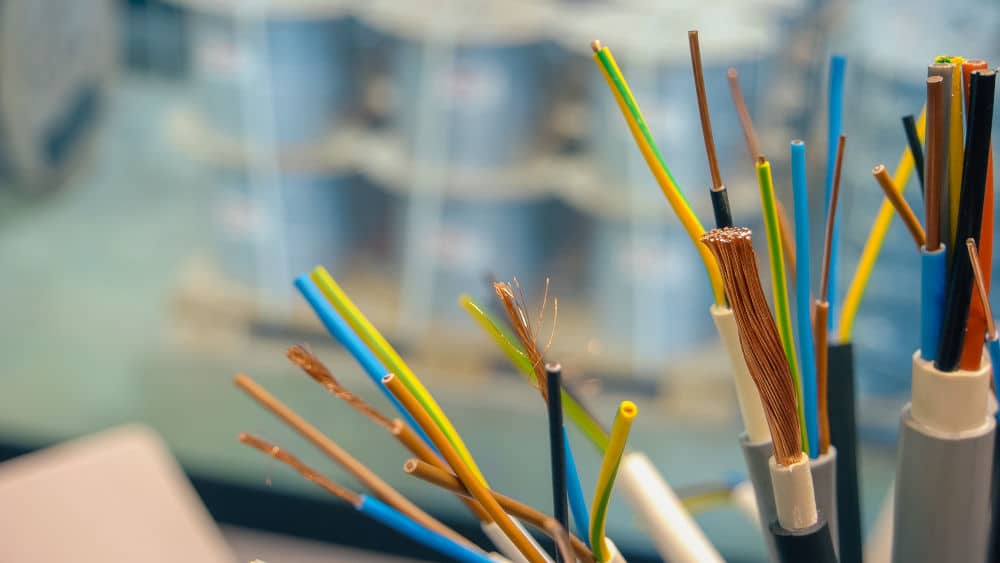
In addition to providing excellent protection against outside interference, woven copper braids are better at keeping moisture out compared to foil shields. However, they do cost more money because they take longer to produce and require more labor by hand. If you need XLR cables that won’t let you down when you are in situations where there might be humidity (such as during outdoor performances), then this extra step could save you money in the long run by preventing damage caused by water damage over time
Higher quality cables will have a braided shield because it does a better job than foil shielding at keeping out interference but it’s also more expensive to produce.
You can get inexpensive XLR cables with foil shielding, but if you’re going to be using them in a pro environment or an environment where RF interference is an issue, it’s best to go with braided shields.
Braided shielding resists electromagnetic interference (EMI) better than foil shields. This is because the strands of copper that make up the braided shield are much more tightly woven than the wire used in most foil shields that simply have a thin layer of metal applied over a single strand of wire. This makes it more durable and less susceptible to being damaged if you accidentally step on it or run into something with it hanging from your mic stand (which happens more often than one might think).
On the outside of your XLR cable is another layer of insulation.
On the outside of your XLR cable is another layer of insulation. This serves a dual purpose: it protects the cable from damage and keeps out moisture and other harmful elements.
If you’re getting cheap cables, chances are they have a thick layer of outer insulation, which can be difficult to bend; this means it will take more time to run your cables through tight spaces, creating an extra hassle for yourself or someone else who has to install them for you. You don’t want that!
On top of that, look for a smooth outer layer as well—bumps or uneven cables point to poor insulation and won’t stand up over time
Make sure you spend money on high quality XLR cables!
If you’re in the market for XLR cables, it’s important to understand what makes them different from each other. It’s important to remember that even if your content is brilliant, a hum or crackle will turn people off. Use a good mic, and a good cable to create your, amazing content.
There are two main types of cable: shielded and unshielded. Shielded cables have a metal mesh wrapped around them that prevents interference from electrical signals, while unshielded ones do not have this protection and are therefore more susceptible to noise.
In addition to shielding, both types of cable come with different plug connectors (XLR-3 or BLX) and terminations (male or female). The most common type of connector is the XLR-3 because it allows for balanced audio connections using three wires—the shield wire carries ground; the center wire carries signal current; and the ring terminal acts as a ground reference point between equipment units.
Conclusion
So, what does all this mean for you? If you’re looking to buy an XLR cable, we suggest buying a high quality one. There are plenty of options out there but they won’t cost you much more than the cheap ones so why not spend the extra money and get something that will last longer?





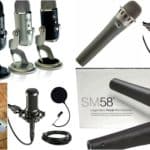







Comments
Comments are closed.